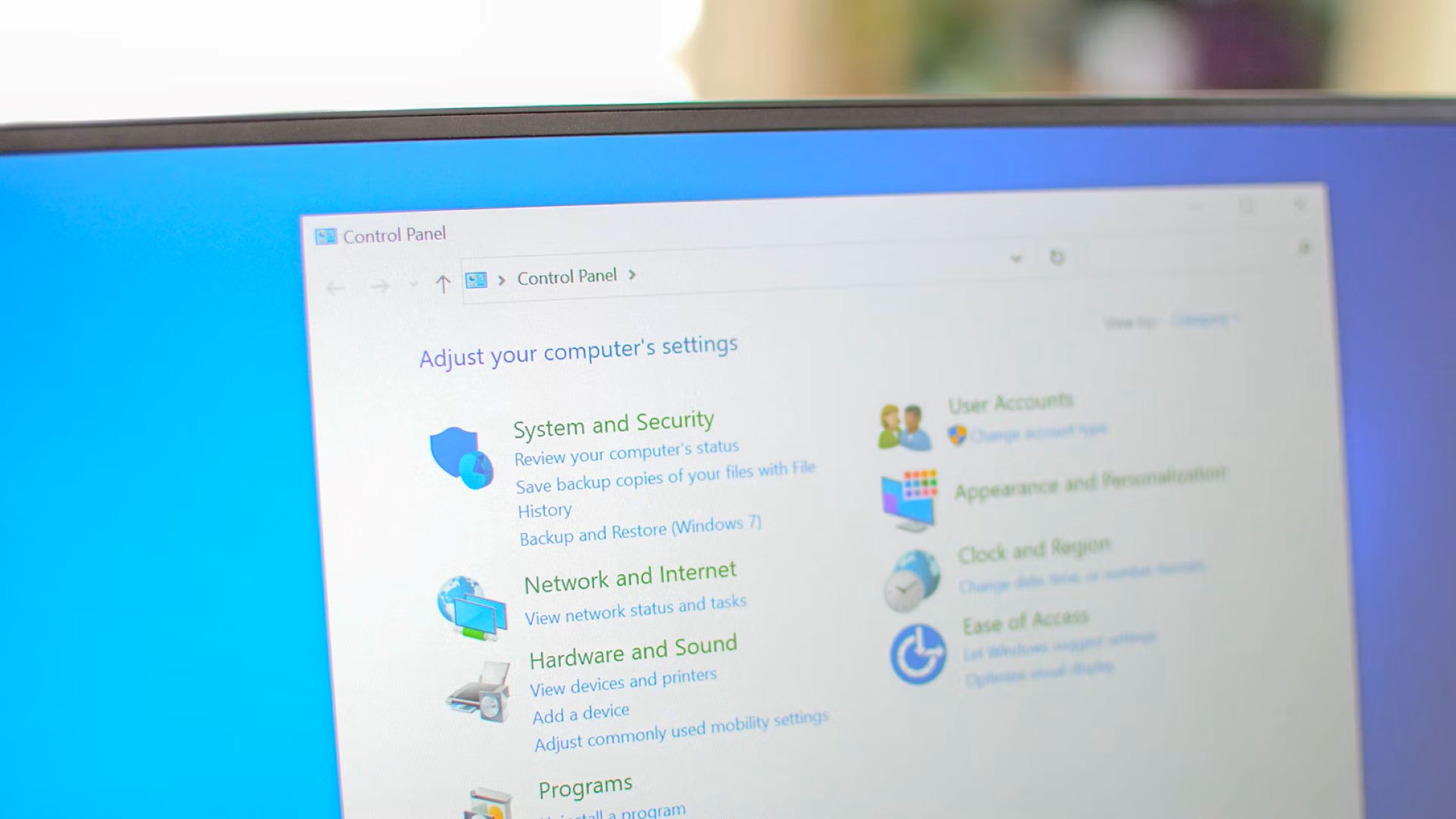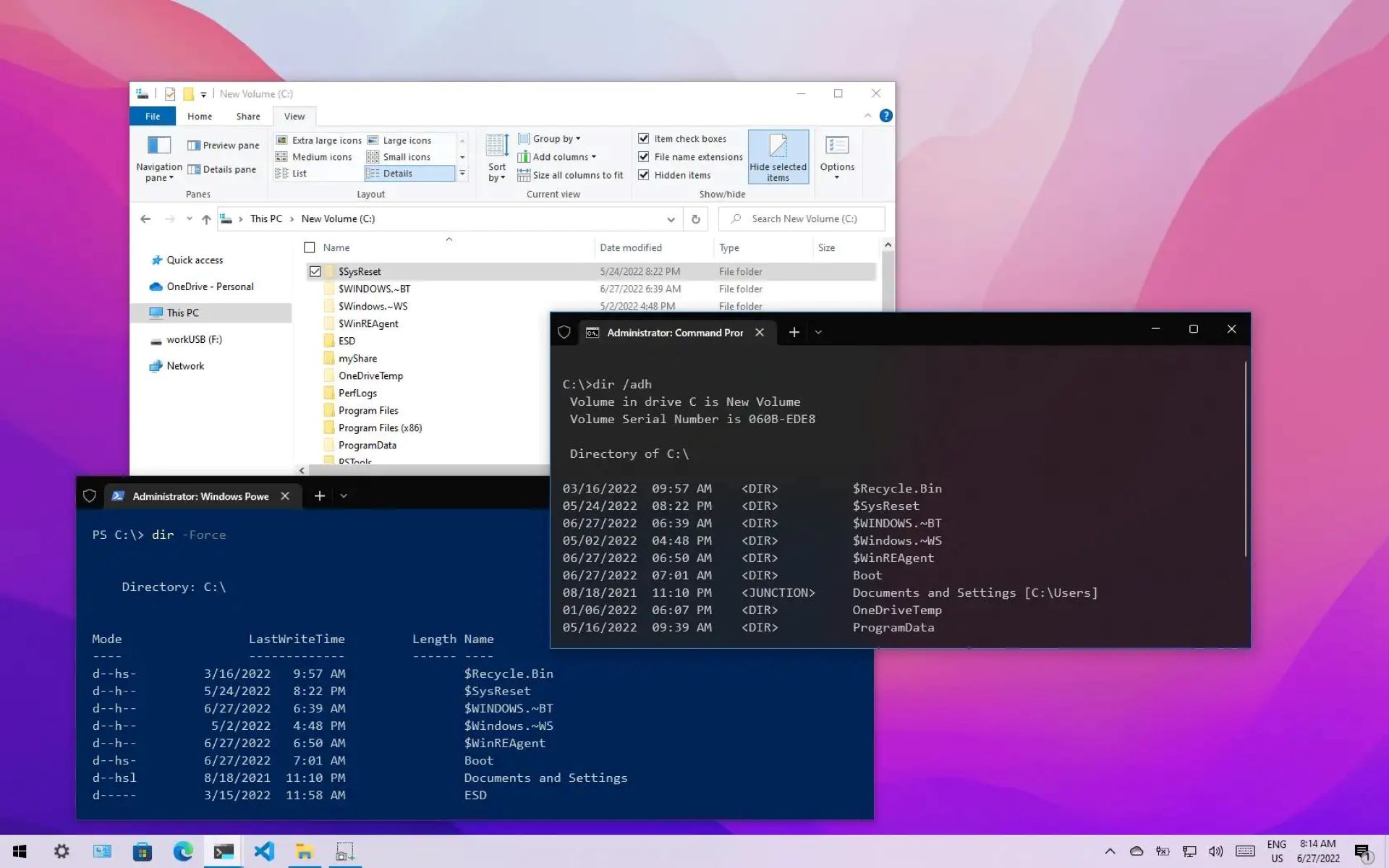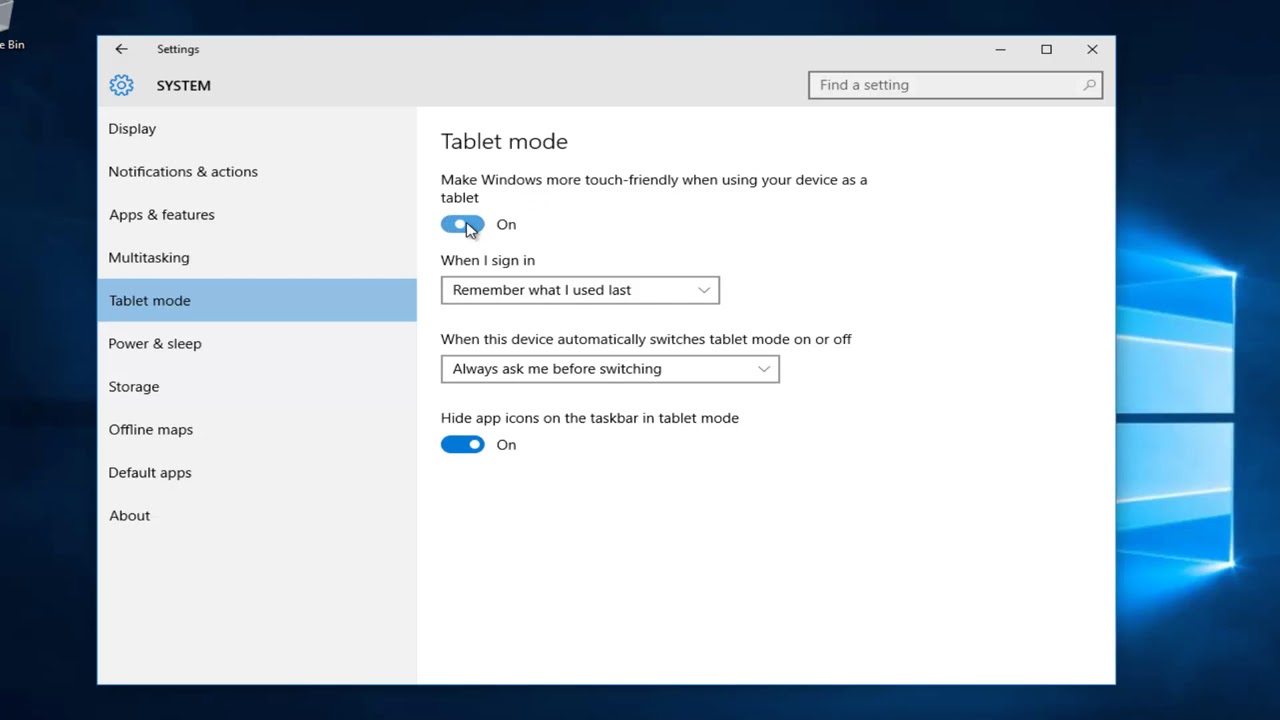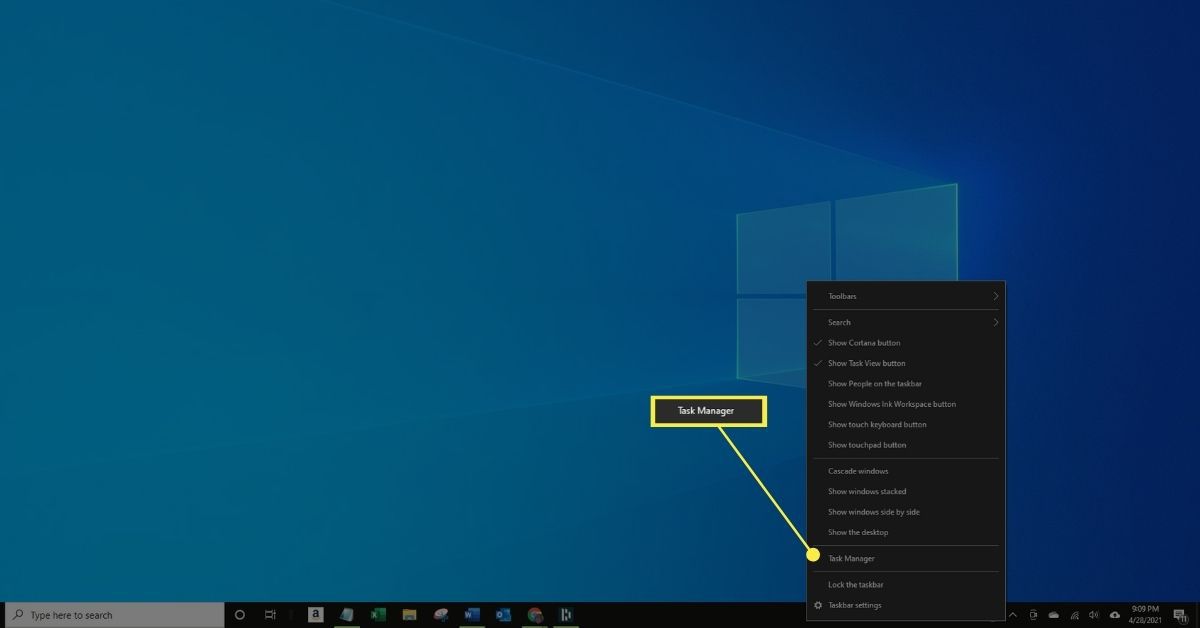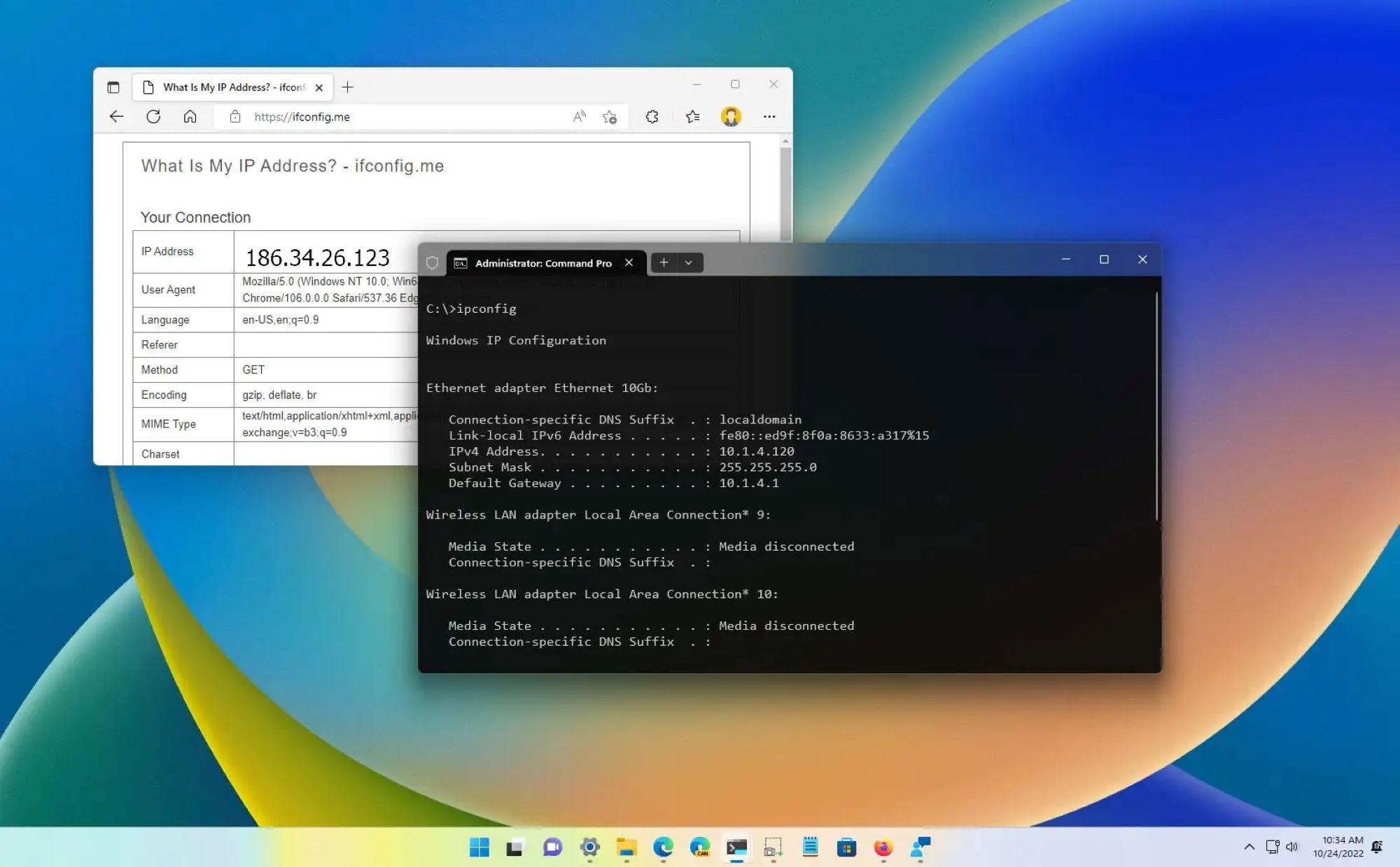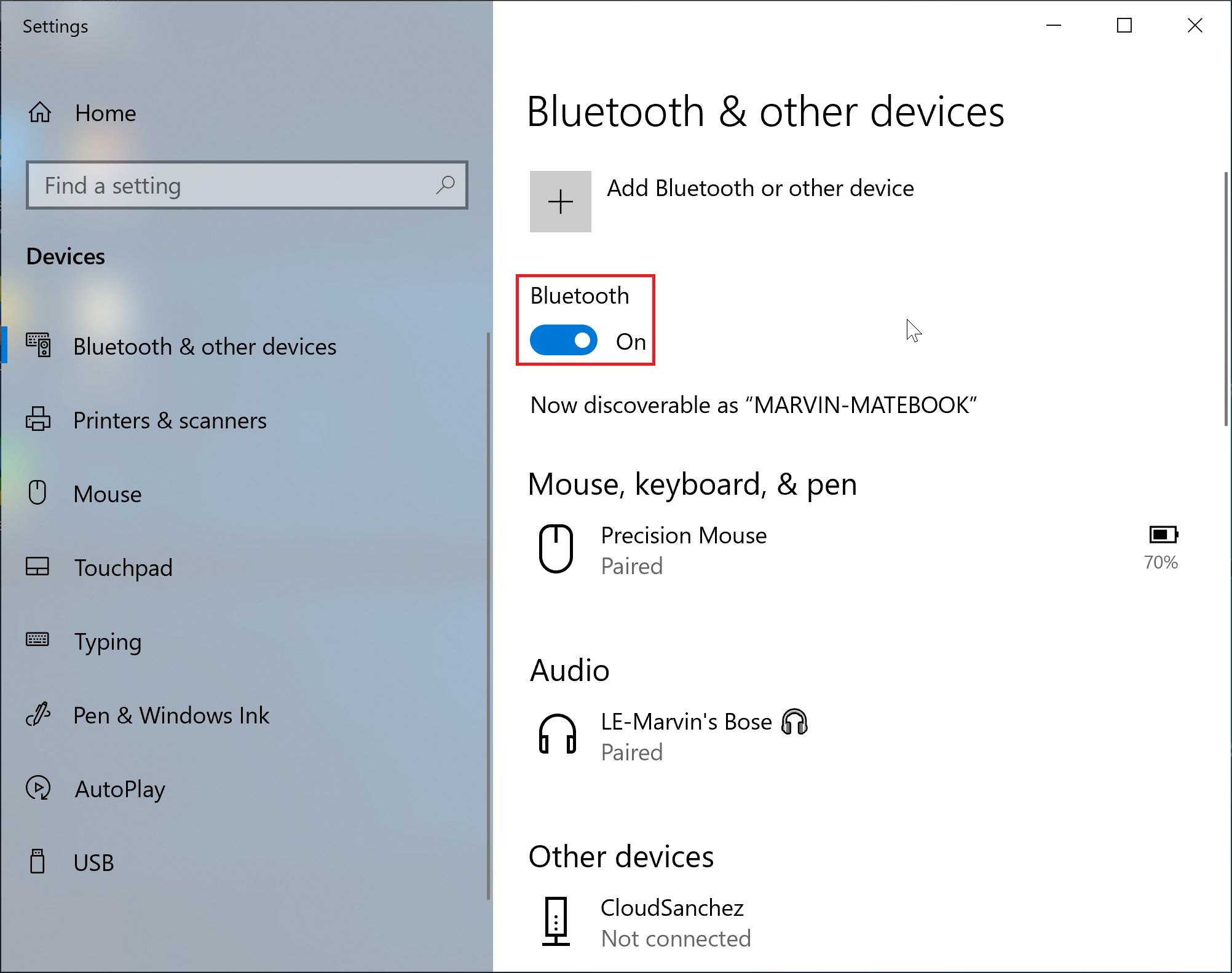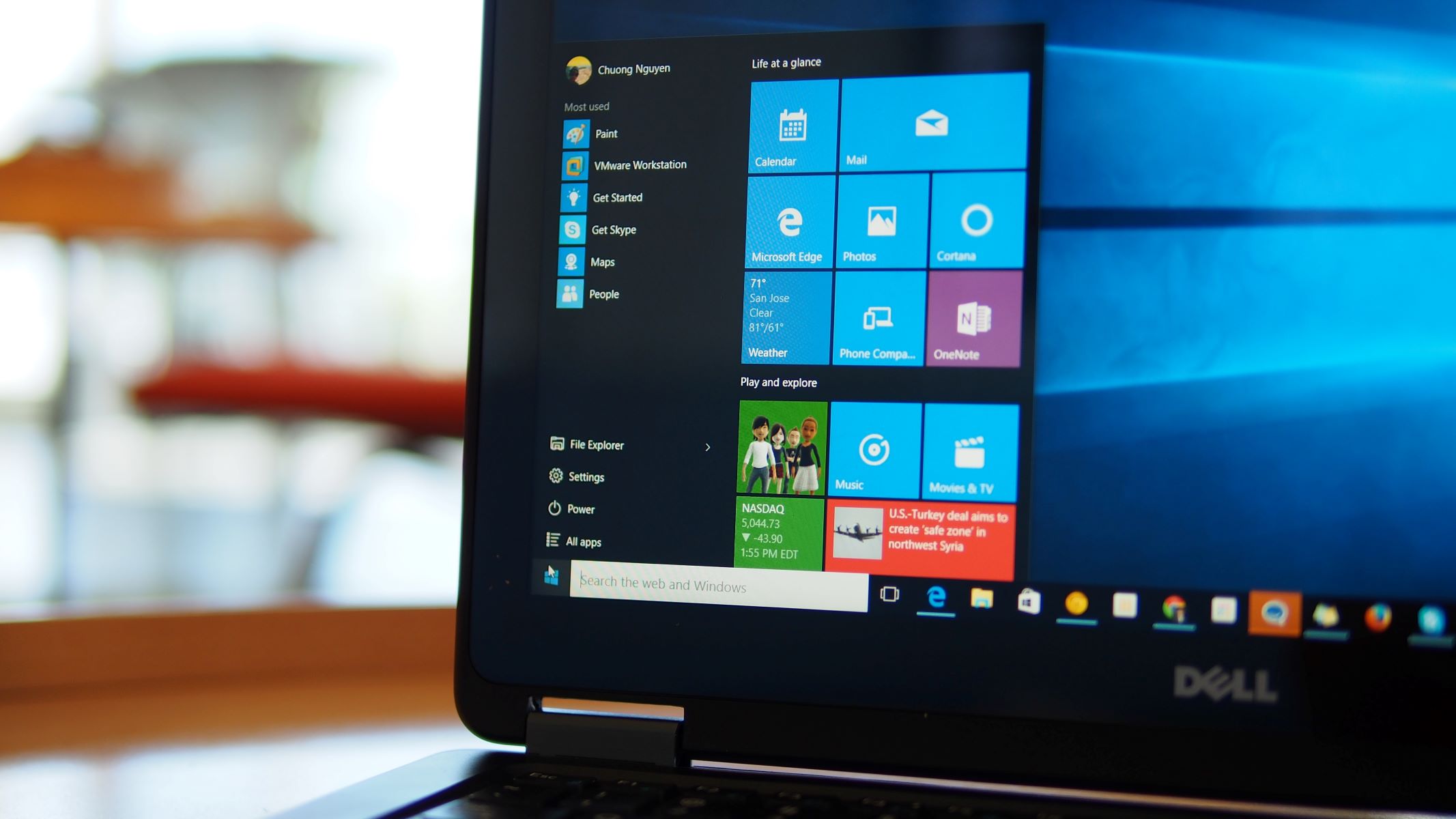Introduction
Welcome to this guide on how to open the Control Panel in Windows 10! The Control Panel is a central hub for various system settings, allowing users to customize and manage their computers. Whether you need to adjust display settings, install new software, or modify user accounts, the Control Panel is where you’ll find all the essential options.
With the introduction of Windows 10, Microsoft has introduced new ways to access the Control Panel, alongside the traditional methods. In this article, we will explore multiple methods to open the Control Panel, so you can choose the one that works best for you.
Don’t worry if you’re new to Windows or not tech-savvy – we’ve got you covered! The following methods are straightforward and user-friendly, ensuring that everyone can easily access and navigate through the Control Panel. Let’s dive in!
[Add transition sentence to Method 1: Using the Start Menu]
Method 1: Using the Start Menu
One of the easiest ways to open the Control Panel is by using the Windows 10 Start Menu. Here’s how you can do it:
- Click on the Start button located at the bottom-left corner of your screen. You can also press the Windows key on your keyboard to open the Start Menu.
- In the search bar that appears, type “Control Panel”. As you type, the search results will automatically update.
- From the search results, click on the “Control Panel” app. This will open the Control Panel window.
This method allows you to quickly access the Control Panel without navigating through multiple menus. The search bar in the Start Menu is a powerful tool that can help you find and open applications, files, and settings with ease.
Once you have opened the Control Panel using this method, you can explore the various categories and settings available. From system settings to device management, the Control Panel provides a comprehensive range of options to customize your Windows 10 experience.
Now that you know how to open the Control Panel using the Start Menu, let’s move on to the next method.
Method 2: Using the Run Command
The Run command is a handy tool in Windows that allows you to quickly open applications and execute commands. Here’s how you can use it to open the Control Panel:
- Press the Windows key + R on your keyboard. This will open the Run dialog box.
- In the Run dialog box, type “control” and press Enter or click on the “OK” button.
After following these steps, the Control Panel window will appear on your screen, ready for you to explore and make any necessary changes to your system settings.
The Run command provides a convenient way to access the Control Panel without having to navigate through multiple menus or search for it. It’s especially useful for users who prefer to use keyboard shortcuts or who want a quick way to open applications.
Now that you know how to open the Control Panel using the Run command, let’s move on to the next method.
Method 3: Using Windows Explorer
Another way to open the Control Panel is through Windows Explorer. Here’s how you can do it:
- Open Windows Explorer by pressing Windows key + E on your keyboard or by clicking on the File Explorer icon in the taskbar.
- In the address bar at the top of the Windows Explorer window, type “Control Panel” and press Enter.
By following these steps, the Control Panel will open, providing you with access to all the system settings and options that you need.
Using Windows Explorer to open the Control Panel allows you to easily switch between file management and system settings without having to open additional windows or applications. It’s a seamless way to have quick access to the Control Panel while working with your files and folders.
Now that you know how to open the Control Panel using Windows Explorer, let’s move on to the next method.
Method 4: Using the Control Panel Shortcut on the Desktop
If you prefer having quick and easy access to the Control Panel directly from your desktop, you can create a shortcut. Here’s how:
- Right-click on an empty space on your desktop.
- In the context menu that appears, hover over “New” and then select “Shortcut”.
- In the “Create Shortcut” window, enter “control.exe” in the location field and click “Next”.
- Give the shortcut a name, such as “Control Panel”, and click “Finish”.
Once you have created the shortcut, you can simply double-click on it to open the Control Panel instantly.
Having a desktop shortcut for the Control Panel allows you to access it with just a single click, without having to go through any menus or search for it. It’s a convenient option for users who frequently need to access the Control Panel for system configurations and adjustments.
Now that you know how to create a Control Panel shortcut on your desktop, let’s move on to the next method.
Method 5: Using the Settings App
In Windows 10, Microsoft introduced the Settings app as a modernized alternative to the traditional Control Panel. Here’s how you can open the Control Panel through the Settings app:
- Click on the Start button and then click on the “Settings” icon, which resembles a gear.
- In the Settings app, click on the “System” category.
- On the left sidebar, click on “About”, and then click on the “System info” link on the right side.
- At the bottom of the System page, click on the “Control Panel” link under the “Related settings” section.
Following these steps will open the Control Panel, providing access to the familiar settings and configurations that you’re accustomed to.
The Settings app offers a simplified interface compared to the traditional Control Panel, making it more user-friendly for those who prefer a more modern look and feel. However, if you need access to specific settings that are only available in the Control Panel, this method provides a convenient way to navigate between the two.
Now that you know how to open the Control Panel through the Settings app, let’s move on to the next method.
Method 6: Using the Search Box
If you prefer using the search function to quickly find and open applications and settings in Windows 10, you can also use the search box to open the Control Panel. Here’s how:
- Click on the Start button or press the Windows key on your keyboard to open the Start Menu.
- In the search box located at the bottom-left corner of the Start Menu, type “Control Panel”.
- As you type, the search results will update in real-time.
- From the search results, click on the “Control Panel” app to open it.
By using the search box, you can quickly access the Control Panel without having to navigate through menus or go to specific categories. The search function in Windows 10 is powerful and intuitive, making it easy to find and open applications and settings.
This method is especially convenient for users who prefer a more streamlined approach to accessing the Control Panel. With just a few keystrokes, you can quickly open the Control Panel and make any necessary system changes.
Now that you know how to open the Control Panel using the search box, you have various methods at your disposal to access and manage your Windows 10 system settings.
Conclusion
Opening the Control Panel in Windows 10 is essential for managing and customizing various system settings. In this guide, we have explored six different methods to access the Control Panel, catering to different preferences and needs.
Method 1 showed how to use the Start Menu search feature to quickly find and open the Control Panel. Method 2 utilized the Run command to open it with ease. Method 3 demonstrated how to access the Control Panel using Windows Explorer. Method 4 described the process of creating a desktop shortcut for direct access. Method 5 utilized the Settings app as an alternative way to reach the Control Panel. Lastly, method 6 showed how to use the search box to quickly locate and open the Control Panel.
By familiarizing yourself with these methods, you can choose the one that suits your workflow and preferences. Whether you prefer keyboard shortcuts, desktop shortcuts, or a more modern interface, Windows 10 offers various options to access the Control Panel effortlessly.
So, the next time you need to tweak your system settings, install programs, or manage user accounts, refer back to this guide and use the method that works best for you. Stay in control with easy access to the Control Panel!







